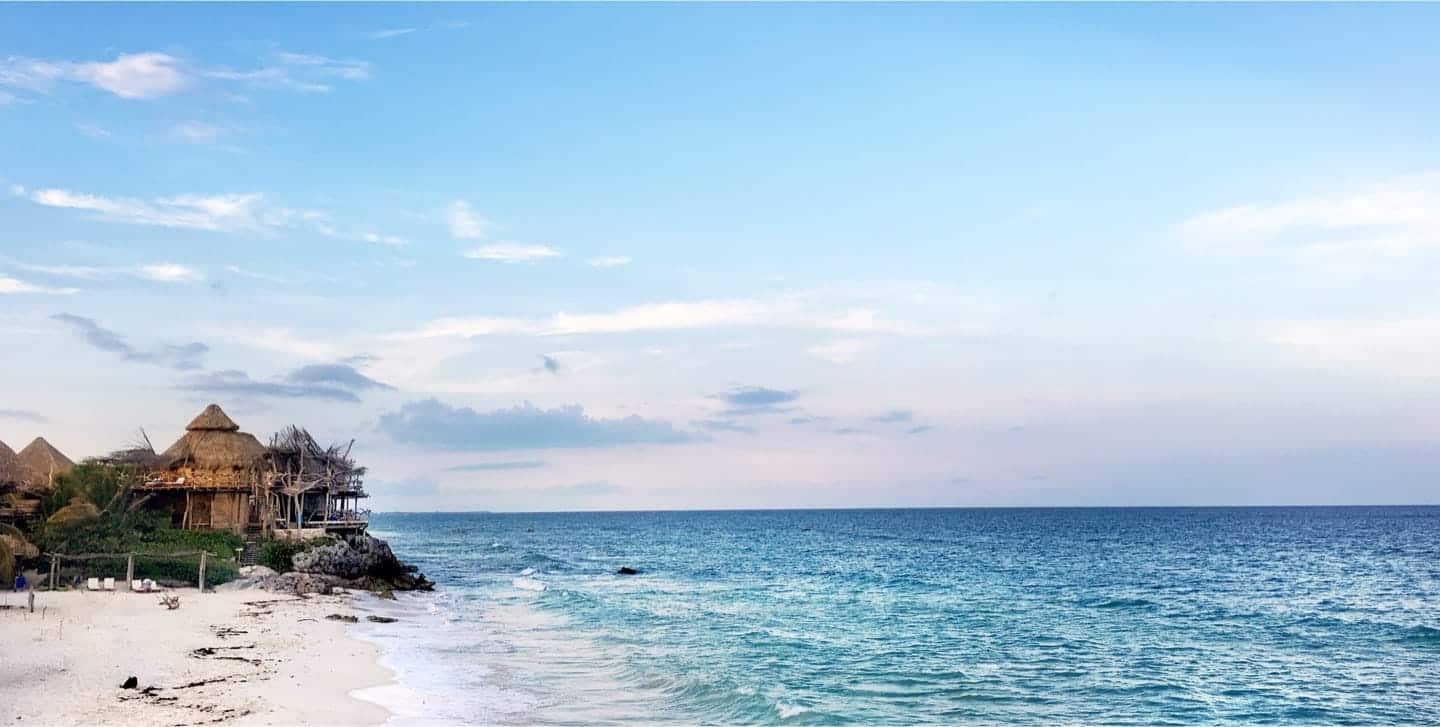Habana Vieja (aka Havana Vieja or Old Havana) is the original, historic heart of the Cuban capital and the city’s tourist centre.
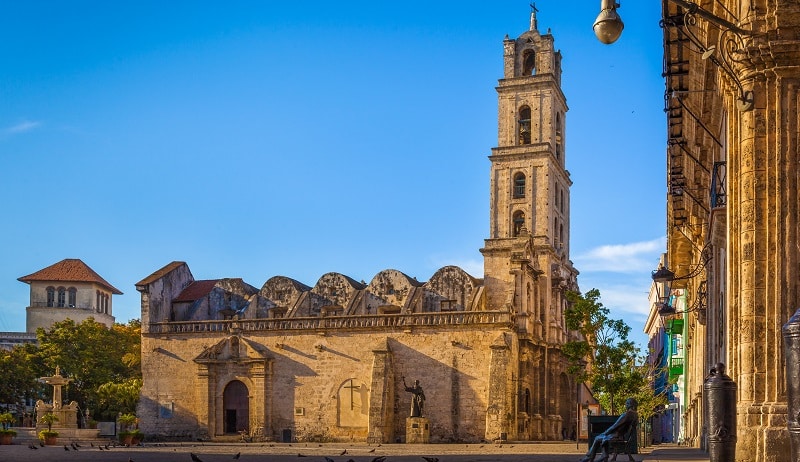
Habana Vieja – A Brief History of the City
While Havana may be the nation’s capital city, it is neither the oldest settlement in the country (that honour goes to Baracoa), nor even its original capital (that title goes to Santiago de Cuba).
Nor, indeed, is Habana Vieja where the original Spanish conquistadores first settled in the area back in 1514; that was slightly further down the coast in what is now the city’s Miramar district.
For any visitor to the city today, it is abundantly clear why the settlers soon upped sticks and moved east along the coast – the large, natural bay that provides a degree of shelter for ships from the very worst weather that the Atlantic has to offer.
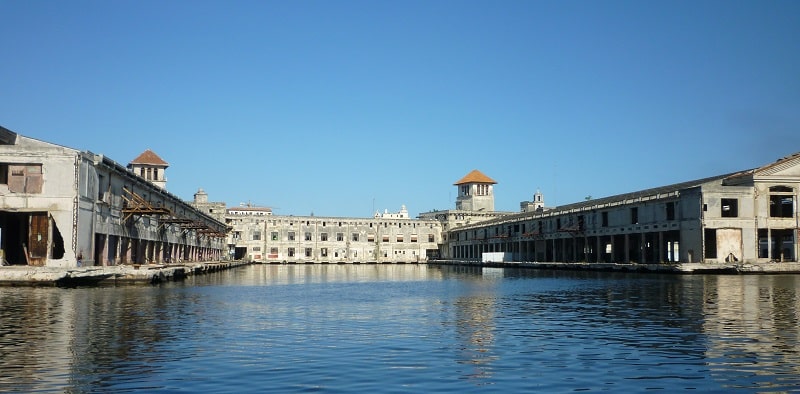
In the 16th century, the city, now known officially as San Cristobal de la Habana, was no more than a port, trading centre and, most importantly, a base for the far more important expeditions to nearby Mexico, Central & South America.
|
|
|
 |
Beyond The Ordinary arrange fully bonded, tailor made holidays and tours to Cuba. Contact one of our experts on 01580 764796, email travel@beyondtheordinary.co.uk or contact us via our website. |
|
|
|
Unfortunately, in 1555, the original settlement was attacked, looted and largely destroyed by French pirate Jacques de Sores. In response, the Spanish crown built the city’s first fortified castle, Castillo de la Real Fuerza, which still stands today, alongside Plaza de Armas in the heart of Habana Vieja.
Further ignominy followed in 1762 when the city was seized (and held for several years) by the British. After the city was returned to Spanish control under the Treaty of Paris, the authorities decided that enough was enough and built a vast castle, known as La Cabana, (pictured below) on the other side of the harbour from the city.
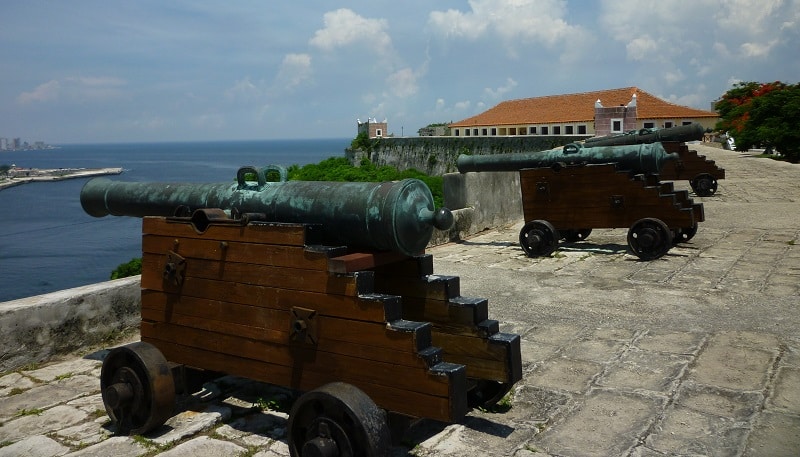
Expansion beyond the city walls
Embarrassment aside, due to its convenient location, safe harbour and a huge inflow of immigrants, Havana grew strongly throughout the 16th & 17th century and, by the middle of the 18th century, was thought to be the third largest city in the Americas.
The original walled city, what we now refer to as Habana Vieja, simply wasn’t large enough to cater for the growing population which began to spread east along the coast as well as inland.
As the oldest part of the city, with the highest population density, its proximity to a working port and little in the way of green space, Habana Vieja wasn’t perhaps the most pleasant place to live and, as often happens across the world, the original heart of the city went into a prolonged period of both relative and absolute decline.
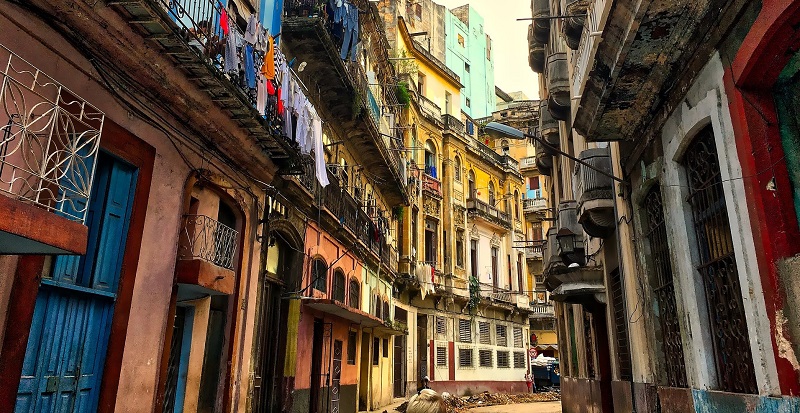
This continued throughout the 19th century, with the growth of the Centro neighbourhood (adjacent to Habana Vieja) and then into the 20th century with the gleaming, modern, high-rise neighbourhood of Vedado and the wealthy, leafy neighbourhood of Miramar.
In the years leading up to the Cuban Revolution, and as with the rest of the world, new was ‘in’ and old was very much ‘out’.
Even after the Revolution, the new government were, to begin with at least, somewhat embarrassed by the colonial legacy that Havana Vieja embodied and seemed far more interested in constructing vast lumps of triumphalist concrete so beloved by Soviet-era architects and city planners.
Habana Vieja Re-Born
Even before the collapse of the Soviet Union (Cuba’s main financial backer) and the ensuing ‘Special Period’, tourism formed a growing element of the Cuban economy.
While much of the tourism industry focussed on the island’s beautiful beaches, even the most hardened leftists recognised that Habana Vieja held huge potential in terms of cultural tourism.
So began the slow and pain-staking process of restoring Habana Vieja’s crumbling buildings and neglected open spaces such as Plaza Vieja (pictured below), now a gleaming public square with beautifully restored buildings all around, previously a run-down car park surrounded by numerous buildings on the brink of collapse.
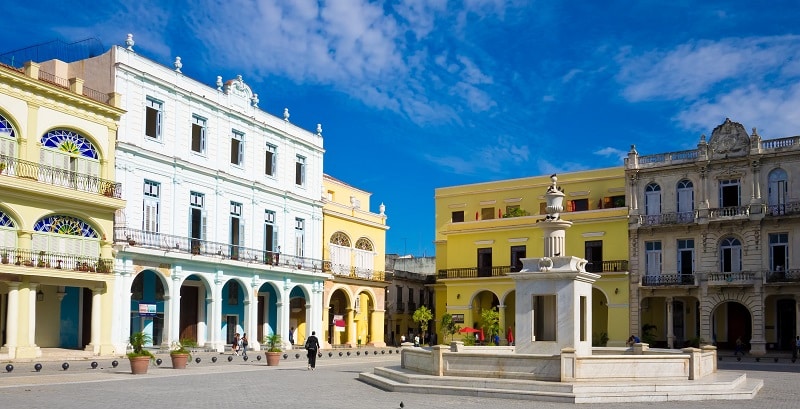
Much of the credit for this remarkable turn-around is due to just one man, the late Eusebio Leal, head of the Office of the Historian of Havana from 1967 until his death in 2020.
With the backing of Fidel Castro, and financial support from UNESCO, Leal almost single handily masterminded the restoration / salvation of Habana Vieja. Not only was he instrumental in saving and restoring countless buildings, he also oversaw a degree of pragmatic, commercial development not seen elsewhere on the island, while at the same time ensuring that the residents of Havana Vieja weren’t simply turfed out of their homes and relocated to other parts of the city.
Exploring the old city today, visitors will discover a fascinating contrast between areas that have been beautifully restored, sitting alongside areas that look like they might collapse at any moment. Perhaps most importantly, unlike Venice for example, Habana Vieja remains run by and for its local residents, rather than an anodyne museum town.
Accommodation in the old city
When we first visited Cuba back in 1995 there were just, we think, three hotels in Havana Vieja – the Inglaterra, Sevilla (pictured below) & Valencia – and casa particulares (private B&Bs) hadn’t even come into existence.
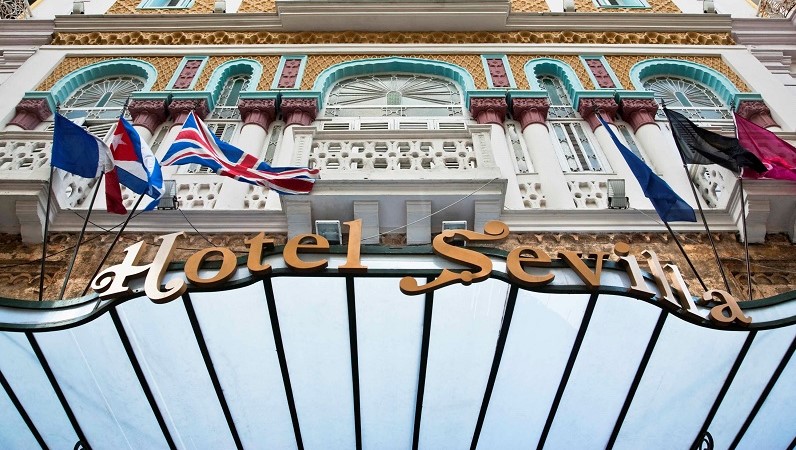
The first major change came with the creation of Habaguanex, a state run company set up to first renovate and then operate heritage-style hotels. The aforementioned Hostal Valencia was the first property to be taken under Habaguanex’s wing and there are now over twenty such hotels.
In truth, these hotels largely flatter to deceive. While they certainly don’t lack in terms of location or character, after the initial outlay they are largely starved of investment and standards soon begin to drop. As all these hotels are state run, service can also be distinctly hit-and-miss.
Generally speaking, we recommend avoiding these hotels although we do have something of a soft spot for the Hostal Conde de Villanueva (pictured below) which is located on the nicest street in Havana Vieja (Calle Mercaderes) and which benefits from a lovely, internal courtyard.
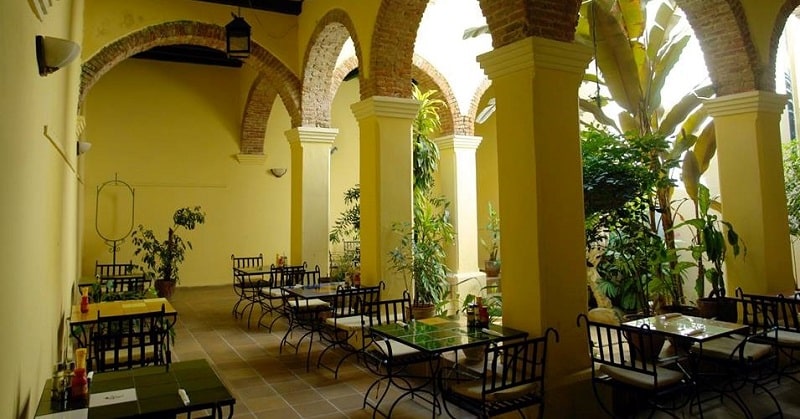
After Habaguanex, the next big accommodation development in the old city (and indeed across the entire island) was the legalisation of casa particulares, essentially private accommodation located in people’s homes or, in the casa of Havana Vieja, apartments.
As far as we are aware, there are no official, published records stating how many casa particulares there are but, at a rough estimate, we would guess that there are well over 200 in Havana Vieja alone.
These casa particulares range from basic to luxurious although almost all properties (and certainly all the properties that Beyond The Ordinary feature) have rooms with ensuite facilities and a/c.
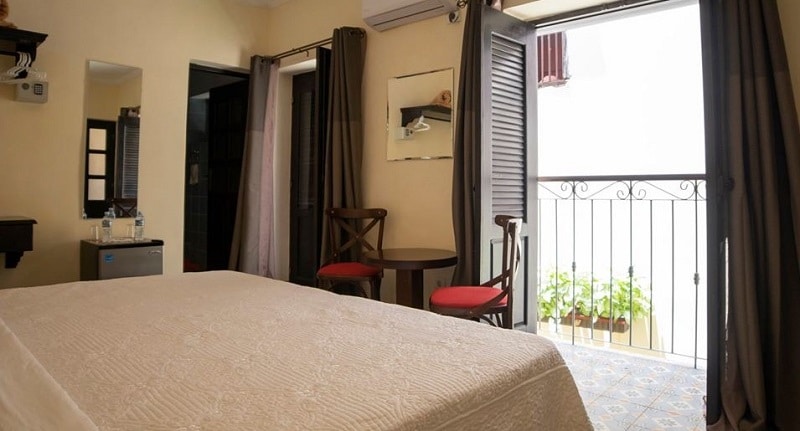
The third and most recent development in the Habana Vieja accommodation scene relates to the city’s late arrival into the world of luxury hotels.
The first hotel to open in Old Havana with international standards in terms of rooms and overall facilities was the Iberostar Parque Central. Although not a true luxury hotel, it was a definite step up from anything else available in the neighbourhood and, for well over a decade, stood unchallenged.
All that has changed in the last couple of years with the opening of not simply one but two Kempinski hotels, the new Iberostar Packard and, most recently, the SO Paseo del Habana.
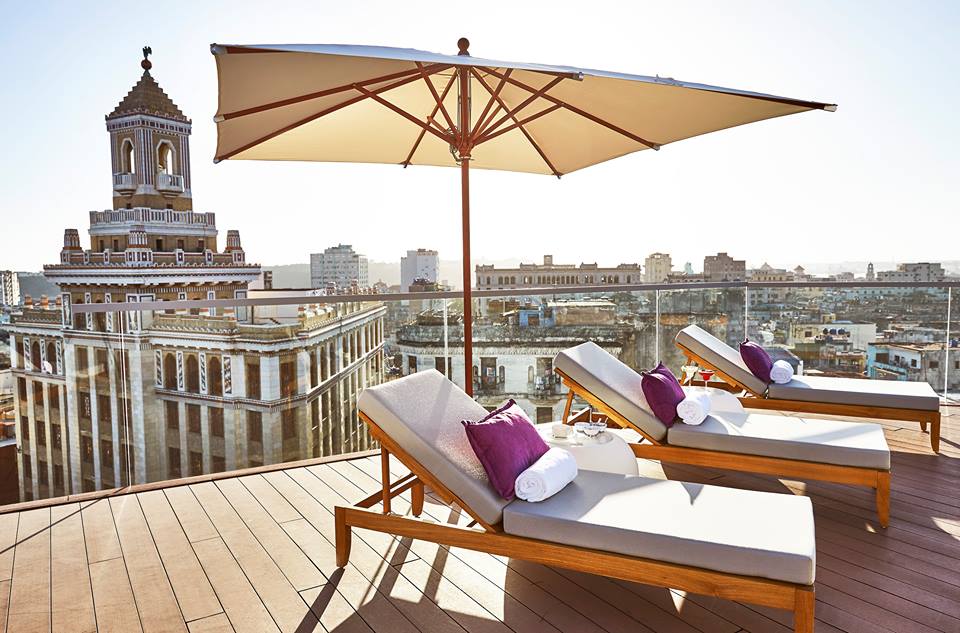
Where exactly is Habana Vieja?
As previously mentioned, the city’s original inhabitants finally settled on a location alongside the entrance to the bay, situated at the eastern end of the city. So, in this respect, the historic heart of the city isn’t actually located in the city centre.
If one was being historically correct, you would also have to say that Habana Vieja is that part of the city that was located within the original city walls, very little of which remains.
In very broad terms, Avenida Belgica forms the boundary of the old town, running as it does from top to bottom. Everything to the right / east can be considered as Habana Vieja, everything to the left / west isn’t.
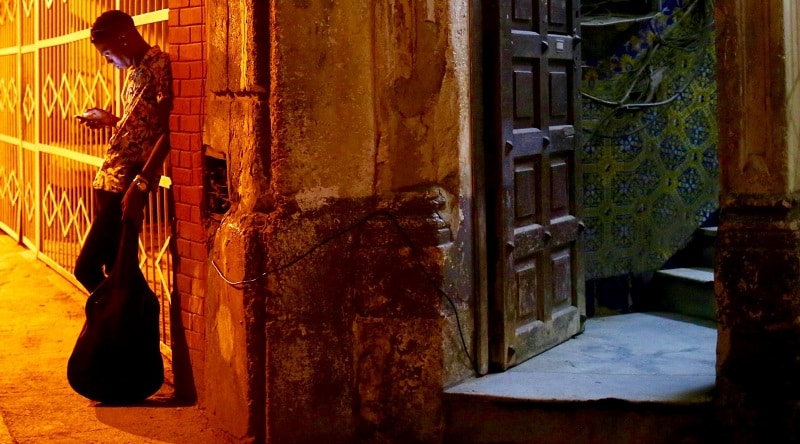
Looking at a map of the city, the first thing one will note is just how small the old town is, certainly compact enough to be easily explored on foot.
The other main point of interest, from a visitor point of view, is that numerous sites of interest and hotels, that claim to be located in Habana Vieja, aren’t.
So, strictly speaking, Parque Central, the Capitol building and Museum of the Revolution are not in the old town. Nor too are numerous famous and big name hotels such as the Inglaterra, Sevilla, Iberostar Parque Central, Iberostar Packard or Packard La Habana.
Does it matter? No, not a bit.
Tailor Made Holidays
Most people spend time in Havana before moving on to the beach or other parts of the island. For true city lovers however, there is more than enough to see and do in the capital to occupy a week or even longer. Please see our Havana Travel Guide for more information.
All Beyond The Ordinary holidays to Cuba are entirely tailor made and, and with twenty five years’ experience of travelling to the island, we know the country inside out.
To discuss your plans in detail, please don’t hesitate to contact us at your convenience. We look forward to hearing from you.
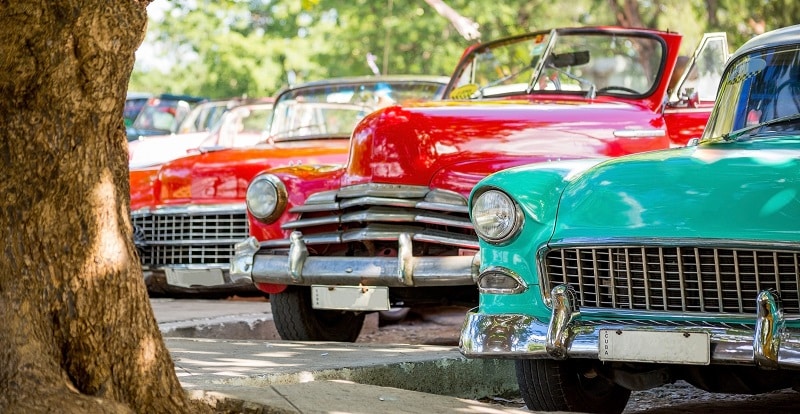
Travel Beyond The Ordinary


